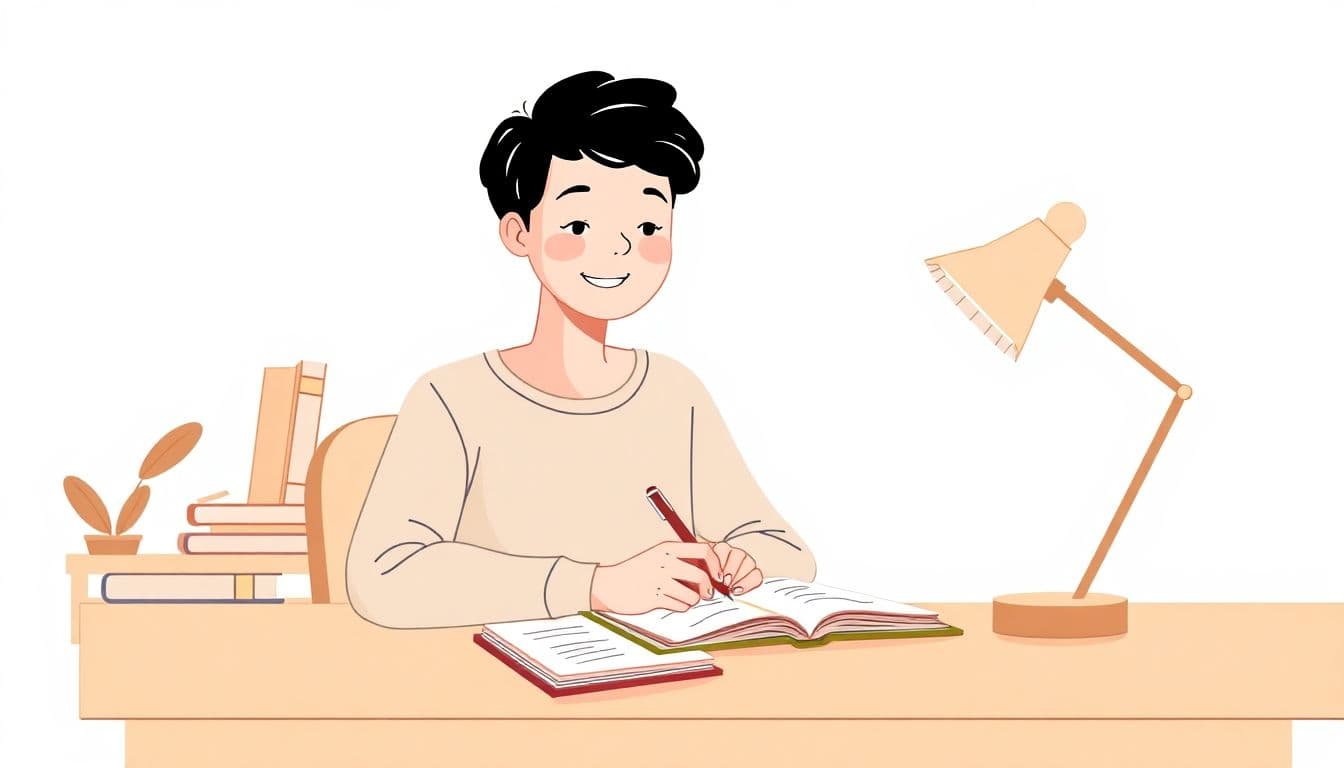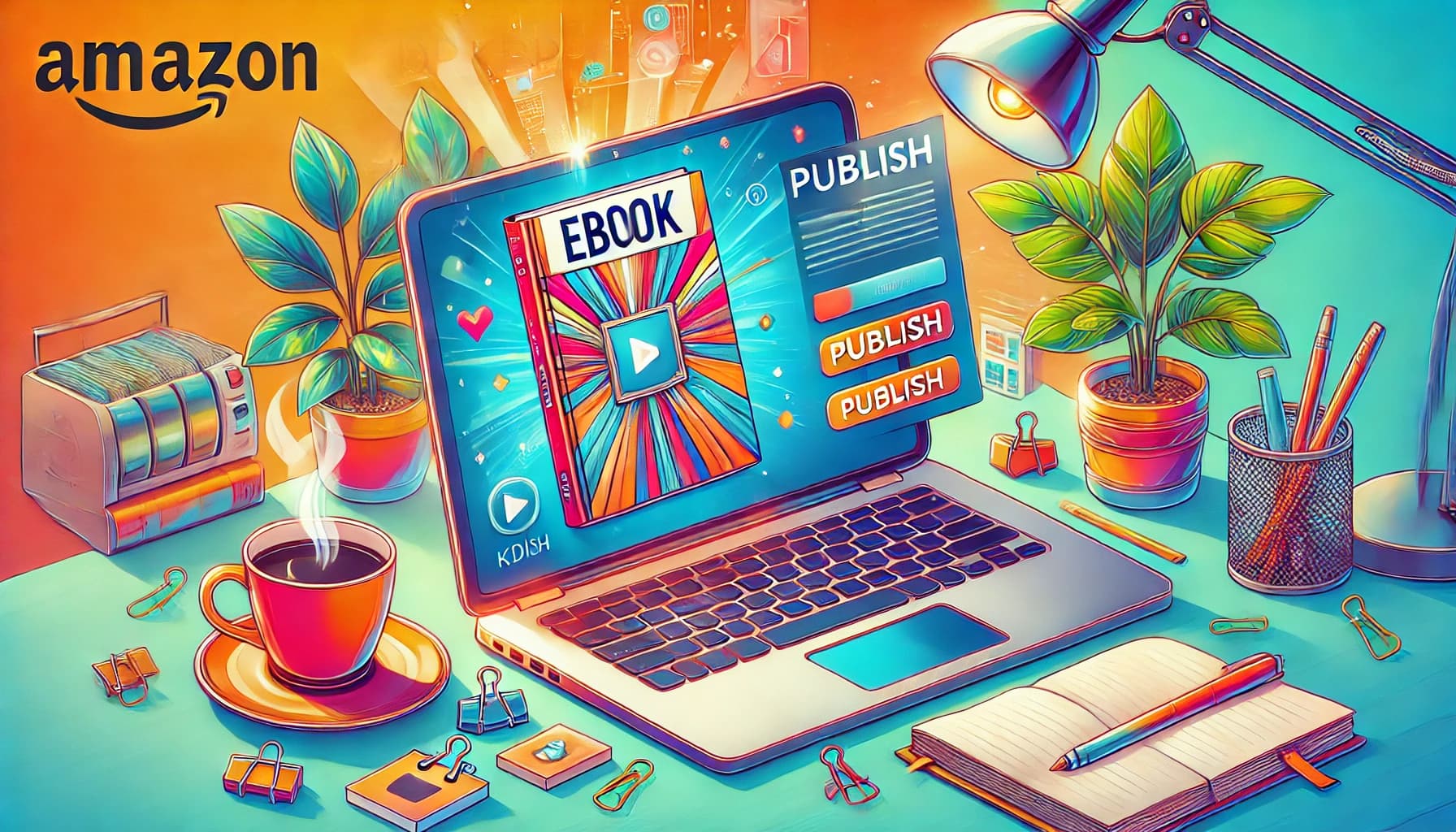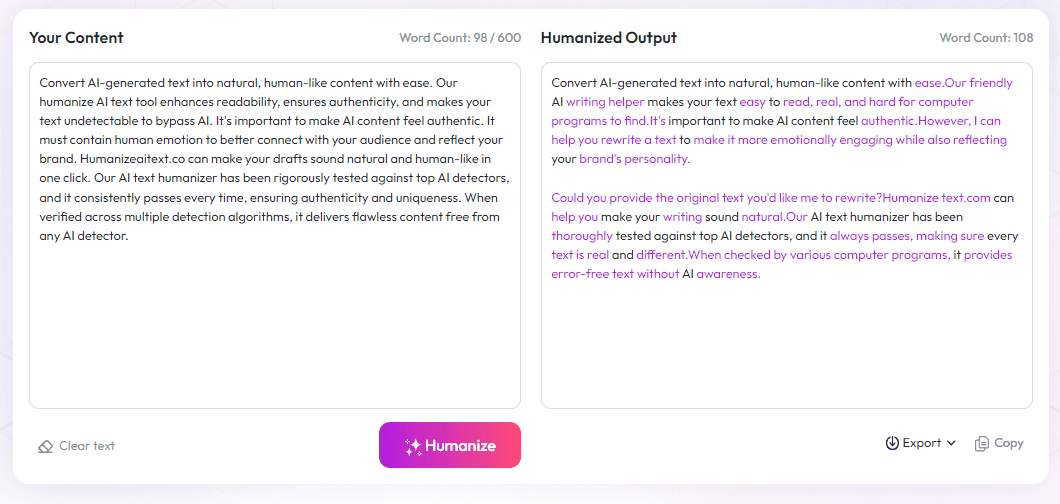Table of Contents
Many people find surrealism in modern fiction a bit confusing or even strange, as it breaks away from everyday stories and logic. But it can also make stories feel more dreamlike and interesting, opening up new ways to see the world. If you're curious about how modern writers use surrealism to shake things up, keep reading. I'll give you some examples of books and techniques, so you can better enjoy and spot surrealism in the stories you love.
Key Takeaways
Key Takeaways
- Surrealism in modern fiction mixes normal daily scenes with strange, dreamlike elements, making stories feel both familiar and bizarre.
- Authors use surreal techniques like vivid imagery and symbolisms to explore subconscious feelings, fears, and societal issues.
- This style blurs the line between reality and imagination, encouraging multiple interpretations and deeper emotional connections.
- Advances in digital art and AI help create surreal visuals, inspiring new storytelling approaches in multimedia and visual arts.
- Fashion designers incorporate surreal ideas, using unusual shapes, digital effects, and eco-friendly materials for bold, imaginative clothing.
- Surrealism influences pop culture through memes, music videos, and social media, keeping its impact fresh and fun.
- It’s also used in education and therapy, helping people express feelings, stimulate creativity, and process emotions through surreal art activities.

Surrealism in modern fiction is all about blending everyday reality with strange, dreamlike elements that challenge how we see the world. It creates stories where ordinary settings—like family dinners or city streets—mingle with bizarre or impossible occurrences, making readers question what is real and what is not. Imagine a story where a character walks through a cityscape that constantly shifts between normal buildings and floating islands, or one where memories morph into vivid, hallucinatory images—this is surrealism at play in contemporary writing.
Authors today use surrealism to explore the depths of the unconscious mind, often placing fantastical or uncanny events in familiar scenes. This technique encourages readers to reflect on subconscious fears, desires, or societal issues while experiencing a narrative that feels both strange and familiar. For example, Laura van den Berg’s stories often mix realistic details with surreal imagery like portals appearing in suburban backyards, opening doors to other realities without straying too far from the everyday world.
In modern fiction, surrealism isn’t just about bizarre plots; it’s a tool to deepen emotional truth and highlight complex themes. Writers incorporate surreal elements through various techniques, such as stream-of-consciousness narration, vivid imagery, or fantastical symbolism. These methods enable authors to create layered stories where the line between reality and imagination is blurred, giving readers space to interpret meaning on multiple levels.
Technological advances also play a role here. Digital art platforms, AI-generated images, and immersive multimedia experiences influence how authors craft surreal stories. For instance, some writers use AI to generate surreal landscapes or imagery that inspires their narratives, leading to more vivid and unpredictable worlds. Social media, especially platforms like TikTok and Instagram, helps spread surreal aesthetics, making surrealism a vibrant part of contemporary culture and storytelling.
Additionally, surrealism in fiction often intersects with related movements such as magic realism, especially in Latin American literature. Writers like Gabriel García Márquez blend fantastical elements seamlessly into the everyday, creating stories where the extraordinary feels natural. This approach invites readers into worlds where the unusual becomes part of normal life, expanding our understanding of what stories can be.
Overall, modern surrealist fiction is about breaking free from traditional boundaries. It invites us to see beyond surface appearances and consider deeper truths hidden within the strange and fantastical worlds authors build. As surrealism continues to evolve, it remains a popular and compelling way for writers to challenge perceptions, evoke emotion, and push the limits of imagination. If you're interested in experimenting with surreal elements yourself, exploring contemporary works can offer inspiration and insight into how this powerful technique shapes storytelling today. Want to learn more about how to craft vivid stories? (https://automateed.com/winter-writing-prompts/), which can help you develop surreal scenes that stick with readers.

The Growing Influence of Surrealism in Digital and Visual Arts
Surrealism’s impact extends far beyond literature, reshaping how artists approach digital and visual mediums in 2025.
Artists use tools like (https://www.adobe.com/products/photoshop.html) and (https://procreate.art/) to craft dreamlike imagery that blurs the line between reality and fantasy.
AI art platforms, such as (https://midjourney.com/) and (https://openai.com/dall-e/), generate surreal landscapes and characters that inspire storytellers and visual creators alike.
Advertising campaigns now leverage surreal visuals—like floating furniture or impossible cityscapes—to evoke curiosity and emotional responses.
Social media platforms, especially (https://instagram.com/) and (https://www.tiktok.com/), flood feeds with surreal memes and images, keeping the aesthetic fresh and accessible to younger audiences.
Many modern artists incorporate eco-friendly materials such as recycled textiles and biodegradable substances, reflecting concerns about environmental sustainability in surrealist art.
This convergence of eco-conscious techniques and surreal aesthetics helps redefine artistic practices in the digital age.
So if you’re a creator, experimenting with AI-generated art or blending digital tools with traditional techniques can help produce compelling, surreal visuals.
The Resurgence of Surrealism in Fashion and Design
Surrealist ideas have found a new home on runways and in fashion collections, with designers pushing boundaries to create eye-catching, dreamlike looks.
High fashion brands like (https://irisvanherpen.com/) and (https://schiaparelli.com/) draw inspiration from Salvador Dalí and Elsa Schiaparelli, incorporating sculptural shapes and illusionary effects.
Fashion shows now feature digital projections and 3D-printing to produce bizarre, otherworldly garments that challenge our perception of clothing.
Smaller designers explore sustainable materials—such as reclaimed fabrics—to craft surreal, environmentally-friendly pieces.
On social media, surrealist fashion photoshoots become viral, helping to spread experimental styles and inspire everyday wearers to try bold, unconventional looks.
For those interested in designing surreal apparel, starting with mood boards inspired by dream imagery and experimenting with digital manipulation can be a good first step.
How Surrealism Continues to Shape Popular Culture and Memes
Surrealism’s influence pops up everywhere, from viral memes to music videos, showing its staying power in popular culture.
Reddit, TikTok, and Instagram are filled with surreal memes—like impossible scenes or bizarre edits—that tickle viewers’ funny bones and spark creativity.
Music videos by artists such as Billie Eilish or Rosalía often feature surreal, dream-like visuals to complement their music.
This constant flow of surreal content keeps the aesthetic fresh and relevant, making it easy for creators of all levels to incorporate surreal elements into their projects.
If you want to get in on the fun, try creating surreal memes or short videos inspired by your favorite dreams or wild imagination.
Learning basic editing techniques and experimenting with AI art generators can help you produce content that feels both weird and wonderful.
Educational and Therapeutic Uses of Surrealism in Modern Times
Surrealism isn’t just about art and culture; it’s also used for education and mental health support.
Teachers incorporate surrealist activities—like dream journaling or surreal drawing sessions—to stimulate creativity and critical thinking in students.
In therapy, techniques such as expressive arts therapy leverage surreal imagery to help individuals explore subconscious feelings and process trauma.
Workshops and online courses now focus on surrealist art as a way to promote emotional openness and mental well-being.
For those interested, trying out a surreal writing prompt or creating dream-inspired artwork can serve as a simple yet effective emotional release tool.
Sites offering (https://automateed.com/winter-writing-prompts/) or (https://automateed.com/funny-writing-prompts-for-kids/) can spark ideas for creative exercises rooted in surrealism.
FAQs
Modern surrealist fiction often features dream-like scenes, unexpected juxtapositions, and distorted realities that challenge readers' perceptions and create a sense of mystery and intrigue.
Authors use unconventional narrative structures, vivid imagery, offbeat metaphors, and shifting perspectives to evoke surrealist qualities and immerse readers in altered or fantastical worlds.
Surrealism resonates with many readers because it explores subconscious thoughts, challenges normal perceptions, and offers imaginative escapes from everyday life, making stories more intriguing and thought-provoking.



